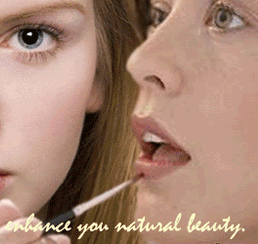


   |
|
Vitiligo - Causes, Symptoms And Home Remedies For The Treatment of VitiligoAlternative names : leucoderma and white patches on the skin.What is vitiligo?vitiligo, also known as vitiligo, is a distressing skin condition. The word literally means white skin. There is a gradual loss of pigment melanin from the skin layers which results in white patches. These patches look ugly, especially in persons with dark complexions. Vitiligo is a skin condition in which there is loss of pigment from areas of skin resulting in irregular white patches with normal skin texture. vitiligo is common; in fact 1 to 2% of the general population has it. The condition does not cause any organic harm. It, however, brings about great psychological tension to the patient who is more embarrassed than the victim of any pain or discomfort. The condition thus, besides being a medical problem, also becomes a social stigma. Vitiligo is a fairly common disorder and it affects one percent or more of the world's population. The incidence is a little higher in India. The disorder can occur at any age in either sex in normal skin. It is, however, more common in women than men. The most affected areas are the hands, the neck, the back and the wrist in that order. Symptoms of vitiligo (leucoderma).The problem usually starts with a small white spot and later on it develops into patches. These patches are pale in the beginning but become whiter and whiter as time passes due to loss of pigment. As spots enlarge, they merge into each other and, in course of time, form a very broad patch. In some cases, most of the skin of the body may be covered with white patches. The spread of the disorder is usually slow and progressive. Symmetrical appearance on both the sides of the body (say, on the legs, hands, etc.) is common. In rare cases one finds vitiligo spreading all over the body. Causes of vitiligo (leucoderma).The exact cause for the vitiligo (vitiligo) remains unknown. Many wrong beliefs are prevalent about the causes of vitiligo. It is not caused by eating fish and drinking milk at the same time, as is. generally believed because .even vegetarians suffer from this disorder. Other food combinations such as pumpkin and milk, onion and milk as possible causes of vitiligo also have no basis. vitiligo (vitiligo) is not caused by any germs, nor is it due to bad blood. Some of the possible causes for Vitiligo includes :
Is vitiligo contagious?No! vitiligo is not contagious i.e. it cannot spread by touching someone or even by handling personal belongings or food. Natural home remedies for the treatment of vitiligo.
Prevention tip for vitiligo cure
|
|
|
|
Cosmetics Home || Beauty Articles || Gynaecological Problems || Contact Us || Body Tattoos || Stretch Marks|| Celebrities || Plastic Surgery || HGH || Resveratrol Reviews ||
(c)Copyright Bestincosmetics.com All rights reserved.